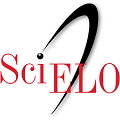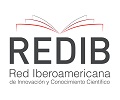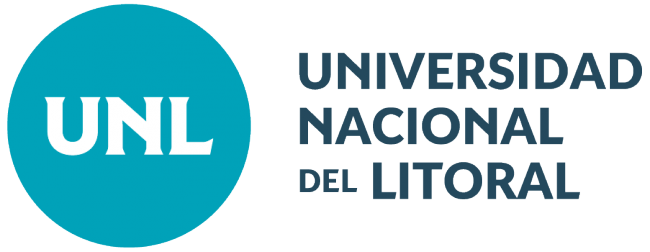Directed Studies Groups in the veterinary education: a proposal to enhance communication in future professionals
DOI:
https://doi.org/10.14409/favecv.v18i1.7953Keywords:
team work, directed studies groups, veterinary educationAbstract
Reading job applications sent to any company and, particularly, those related to the Veterinary profession, it becomes clear that, apart from the required specific technical and scientific expertise, applicants should also have a proactive spirit, leadership abilities and the capacity to work in a team, among other important social skills. Nowadays, it's not enough having "wise" knowledge or "technical" expertise. Subjects should also have the ability to communicate effectively, demonstrate they can rely upon themselves and others, be sympathetic and empathetic and capable of integrating successfully in new work teams. In the official syllabus of the Veterinary Medicine career in Argentina, the ability to work in teams is not part of the specific content that the students have to learn. The Directed Studies Groups (DSG), are groups of students of different levels of the graduate course, that motivated by a common topic embark on tasks to deepen their knowledge on specific subjects, including research and / or extension. For them, learning to work in a team means learning to communicate effectively, to be supportive, to commit to the achievement of common goals, skills that should not be neglected and that are fundamental to speak of a professional with a comprehensive education.
References
Avendaño F, Perrone A. 2012. El aula: un espacio para aprender a decir y a escuchar: estrategias y recursos. Homo sapiens: Argentina.121pp.
Baker DP, Salas E, King H, Battles J, Barach P. 2005. The ALL teamwork framework. En: Murray TS, Clermont Y,
Binkley M. (Eds.) International Adult Literacy Survey. Measuring Adult Literacy and Life Skills: New Frameworks for Assessment. Ministry of Industry, Otawa. Pp. 229 - 272.
Cadoche L, Prendes C. 2011. Competencias sociales requeridas y observadas en alumnos de Medicina Veterinaria: La visión de los docentes. REDVET- Revista Electrónica de Veterinaria 11:3.
Dyer WG. 1988. Formación de equipos. Problemas y alternativas. Addison-Wesley Iberoamericana, Londres. 186pp.
Latham CE, Morris A. 2007. Effects of formal training in communication skills on the ability of veterinary students to communicate with clients. Vet. Rec. 160: 181-186.
Taylor J, Michel H, Anguiano R, Taylor A, Estrada G. 2013. Perfil Profesional del Médico Veterinario en Latinoamérica -Visión al 2030. En: Taylor Preciado J (Ed.). Perfil Profesional del Médico Veterinario en Latinoamérica, visión al 2030. PANVET. Pp. 65-81.
Downloads
Published
How to Cite
Issue
Section
License
FAVE Sección Ciencias Veterinarias ratifies the open access model, in which contents (in full) are available free to anyone in the internet. The costs of production and publication are not transfered to the authors. This policy intends to break social and economical barriers that generate inequities in the access to information, and for the publication of research results.
All articles can be accessed at http://bibliotecavirtual.unl.edu.ar/publicaciones/index.php/FAVEveterinaria/issue/current/, under license Creative CommonsAtribución-NoComercial-Compartir Igual 4.0 Internacional.










